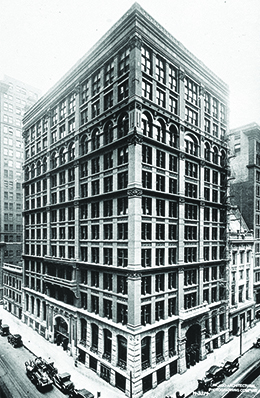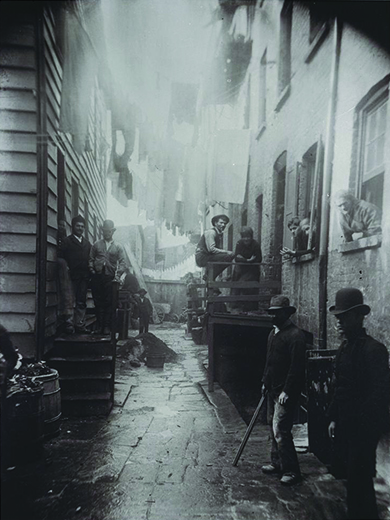| << Chapter < Page | Chapter >> Page > |

Jacob Riis was a Danish immigrant who moved to New York in the late nineteenth century and, after experiencing poverty and joblessness first-hand, ultimately built a career as a police reporter. In the course of his work, he spent much of his time in the slums and tenements of New York’s working poor. Appalled by what he found there, Riis began documenting these scenes of squalor and sharing them through lectures and ultimately through the publication of his book, How the Other Half Lives , in 1890 ( [link] ).

By most contemporary accounts, Riis was an effective storyteller, using drama and racial stereotypes to tell his stories of the ethnic slums he encountered. But while his racial thinking was very much a product of his time, he was also a reformer; he felt strongly that upper and middle-class Americans could and should care about the living conditions of the poor. In his book and lectures, he argued against the immoral landlords and useless laws that allowed dangerous living conditions and high rents. He also suggested remodeling existing tenements or building new ones. He was not alone in his concern for the plight of the poor; other reporters and activists had already brought the issue into the public eye, and Riis’s photographs added a new element to the story.
To tell his stories, Riis used a series of deeply compelling photographs. Riis and his group of amateur photographers moved through the various slums of New York, laboriously setting up their tripods and explosive chemicals to create enough light to take the photographs. His photos and writings shocked the public, made Riis a well-known figure both in his day and beyond, and eventually led to new state legislation curbing abuses in tenements.
Congestion, pollution, crime, and disease were prevalent problems in all urban centers; city planners and inhabitants alike sought new solutions to the problems caused by rapid urban growth. Living conditions for most working-class urban dwellers were atrocious. They lived in crowded tenement houses and cramped apartments with terrible ventilation and substandard plumbing and sanitation. As a result, disease ran rampant, with typhoid and cholera common. Memphis, Tennessee, experienced waves of cholera (1873) followed by yellow fever (1878 and 1879) that resulted in the loss of over ten thousand lives. By the late 1880s, New York City, Baltimore, Chicago, and New Orleans had all introduced sewage pumping systems to provide efficient waste management. Many cities were also serious fire hazards. An average working-class family of six, with two adults and four children, had at best a two-bedroom tenement. By one 1900 estimate, in the New York City borough of Manhattan alone, there were nearly fifty thousand tenement houses. The photographs of these tenement houses are seen in Jacob Riis’s book, How the Other Half Lives , discussed in the feature above. Citing a study by the New York State Assembly at this time, Riis found New York to be the most densely populated city in the world, with as many as eight hundred residents per square acre in the Lower East Side working-class slums, comprising the Eleventh and Thirteenth Wards.

Notification Switch
Would you like to follow the 'U.s. history' conversation and receive update notifications?